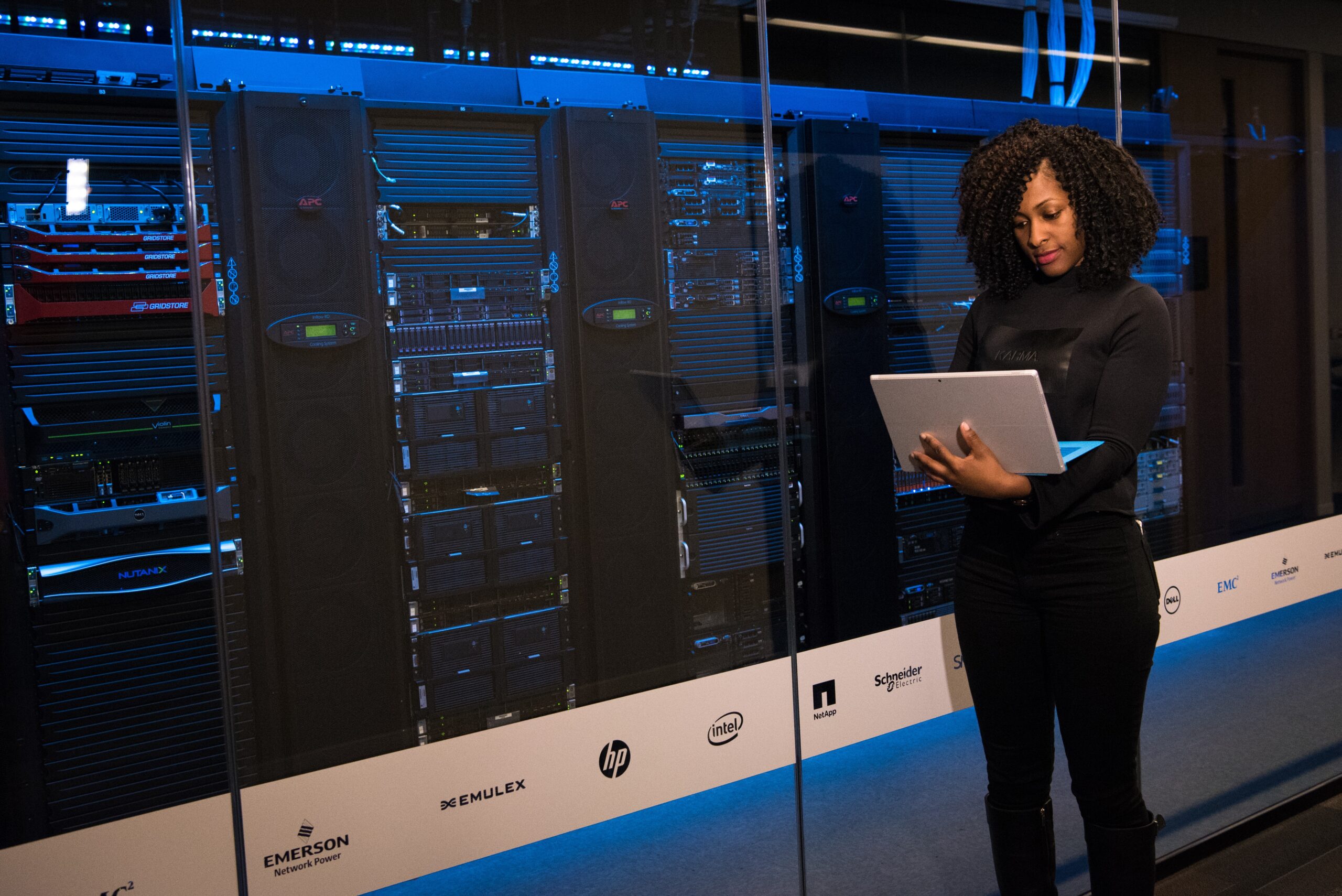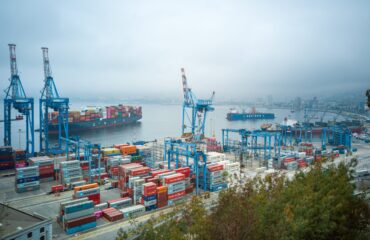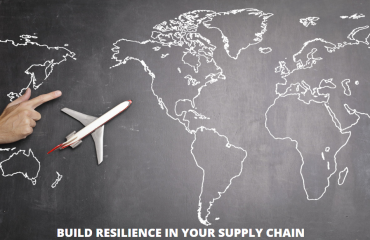The COVID-19 pandemic has made it clear that the global supply chains need to be more resilient. The issues surrounding demand and supply, labor shortages, logistics challenges such as border closures during the lockdown period made the supply of goods and services difficult across the world. Moreover, this pandemic has caused a significant shift in how businesses and consumers are now behaving and once the situation improves, some of these changes will be the new normal. The most anticipated change that will reshape the businesses in the coming years will be digitalization.
The traditional supply chain management has worked on a predictive model and has focused on optimizing efficiencies with a just-in-time inventory framework that maintains the stock required to meet the present demand. The predictive model can fall short in the circumstances such as this pandemic. According to a survey done by the Institute for Supply Chain Management, 95% of companies reported that they have already been or are expected to get impacted by COVID-19 supply chain disruptions.
Furthermore, if we look at the demand side, the buyers have moved to an online platform, resulting in the unstiffening of demand and a shift towards contactless interactions across many businesses.
Digital Transformation Can Bring More Resilience In Global Supply Chains
To build more resilient global supply chains, there is a need for a more coordinated, distributed, and traceable global supply of components and suppliers while sustaining economies of scale. To achieve this, companies across the globe would have to adopt sophisticated technologies such as AI, IoT, blockchain, digital paper, robotics, and 5G. A digitized supply chain will also make it easier for businesses to achieve agility, intelligence, flexibility, and scalability, which is required to adapt to a rapidly changing world.
To address a situation like this pandemic, the organizations must be able to identify the risks and possible breaks in the supply chain before they emerge and swivel quickly to maintain operation. This would mean that businesses should be able to quickly shift to another supplier, change the product and services offered or sell to another buyer.
According to a research done by McKinsey & Company, on an average, businesses that aggressively digitize their supply chains can expect a boost in their annual growth of earnings before taxes and interest by 3.2%.
However, when digitizing the supply chains, there have to be a few considerations that will have to be made.
Redundancy to be kept in mind– A plan for contingent suppliers and partners, IT infrastructure, such as; applications, cloud, and networks in other geographic locations, need to be in place for each point in the supply chain. By having a hybrid IT infrastructure that is distributed across different geographic locations, they could scale quickly to meet the demand.
Look for performance and agility– To build more robust and agile supply chains, digitization of the buyer-supplier relationship is very important. A cloud-based digital supply chain interconnected with a rich IoT ecosystem of present and potential partners can make it easy to recruit IT providers and new suppliers, as well as enable switching to alternative providers when disruption is faced with regular suppliers.
Ensuring end-to-end visibility- To lower the supply chain’s level of vulnerability, the data must be exchanged digitally. The suppliers may be hesitant to share data for competitive advantage reasons; however, a trusted data exchange combined with blockchain can ensure data privacy though this could bring some challenges around data management.
Moving To New Normal
With the pandemic, it has become evident that even when the economies look bright, a single event can shake industries to the core- disrupting everything. The COVID-19 crisis may have become the catalyst for accelerating the digitization of global supply chains, some businesses have already adapted more quickly to the new normal. Whether it means switching production lines from consumer goods to medical supplies or providing new tools and resources to help combat the pandemic, the businesses making these changes are understanding the importance of collaboration, end-to-end visibility, and responsiveness.
To conclude, the adoption of new technologies such as blockchain, IoT, and robotics were already underway before the outbreak of the coronavirus pandemic, however, it has forced this change to happen much faster. With digitization, we can look forward to a world with speedy and accurate deliveries, transparent and secured transactions, faster warehouse operations, and total customer satisfaction.





